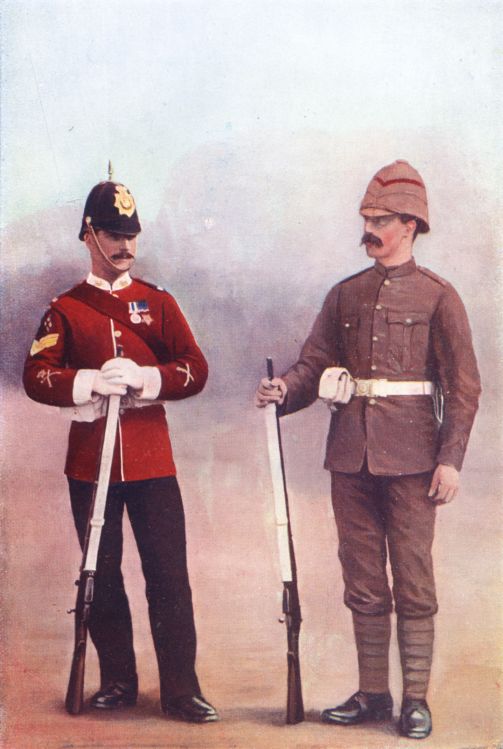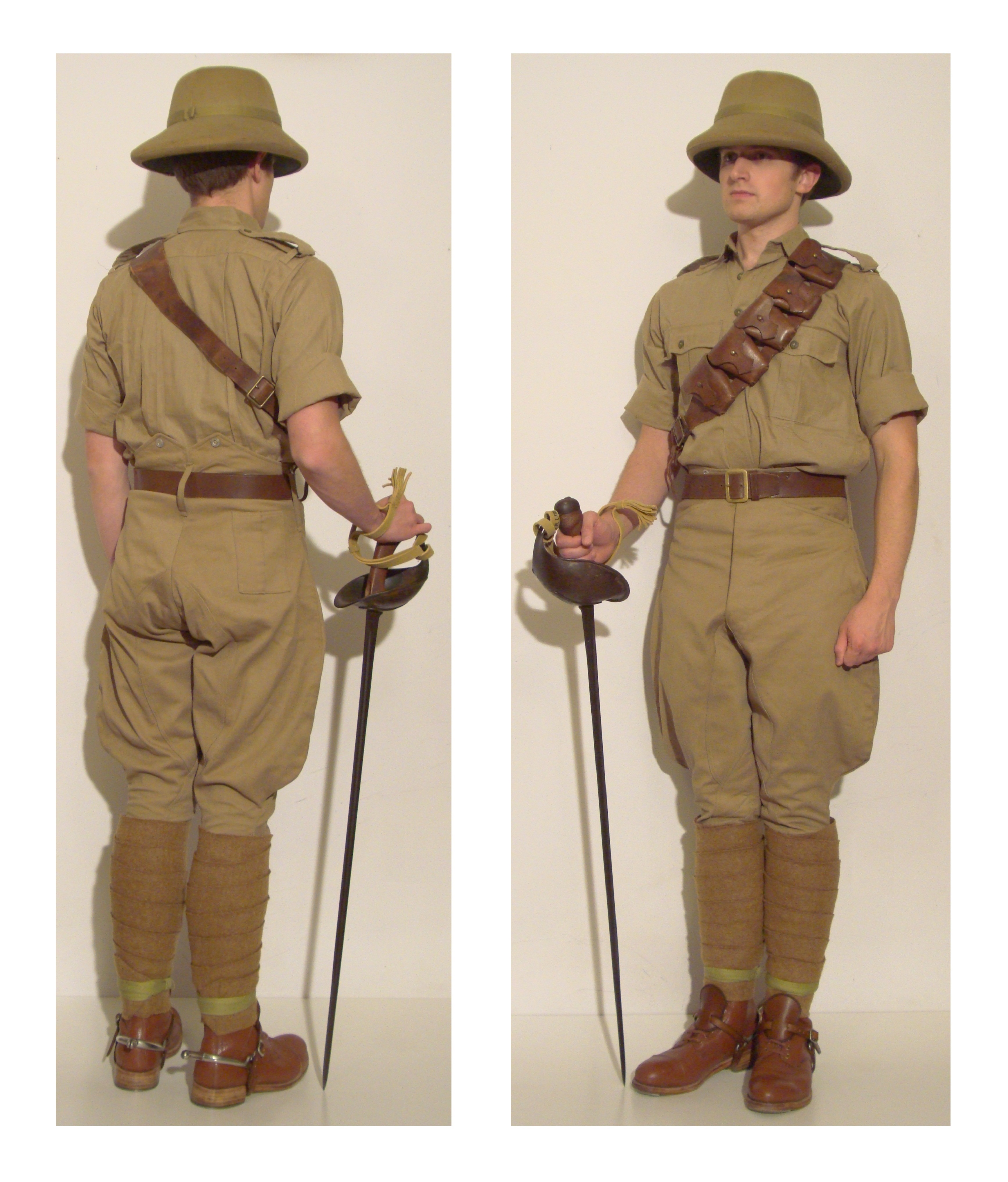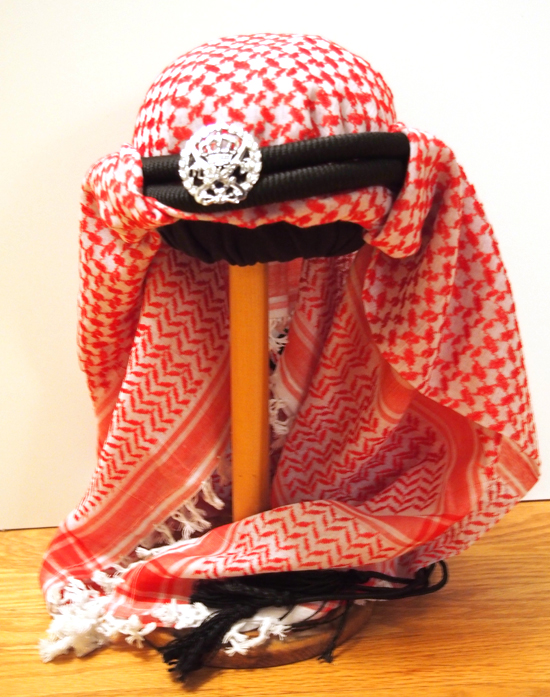
The late 19th century saw the era of “Red Coats” pass as British soldiers on campaign donned khaki – which was soon to become the first true universal camouflage
Today camouflage has gone high-tech, with digicam or “digital camouflage” being the preferred pattern. This utilizes small micro-patterns as the method for effective disruption, as opposed to the large blotches of cover, which could be easier to spot with the naked eye. This is of course leaps and bounds over the earliest camouflage, which consisted of solid patterns. Among the earliest was khaki. While known for the casual pants, khaki has a long history as the first widespread military camouflage.
This is part I of a multiple part series on the origins and development of “the Original Camouflage.” Continue reading


